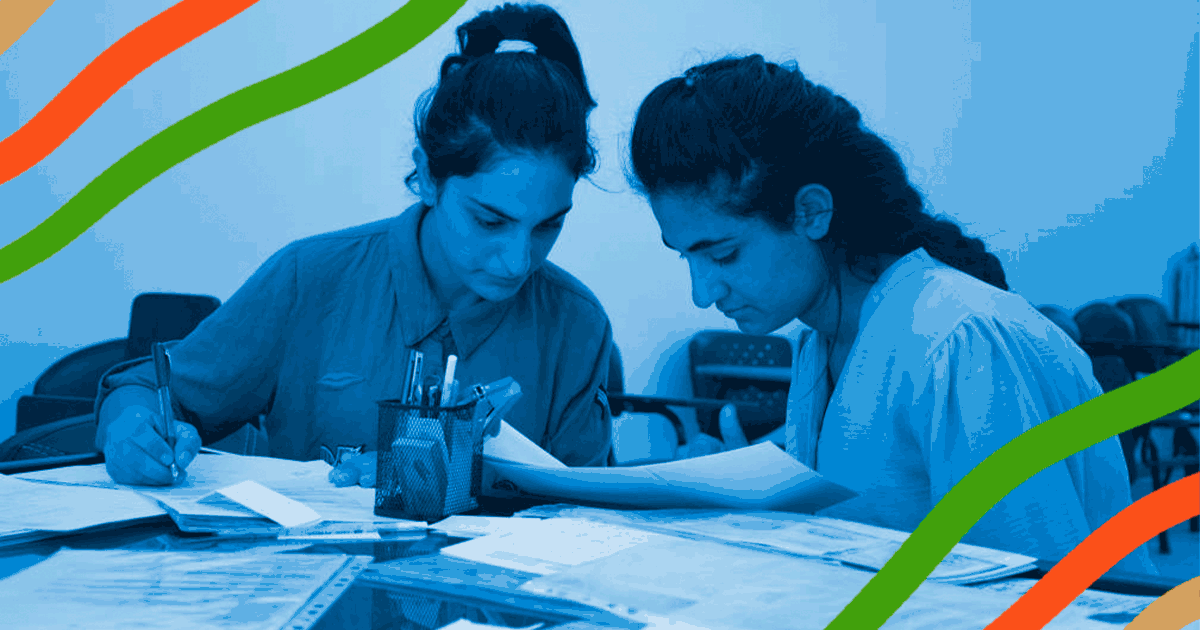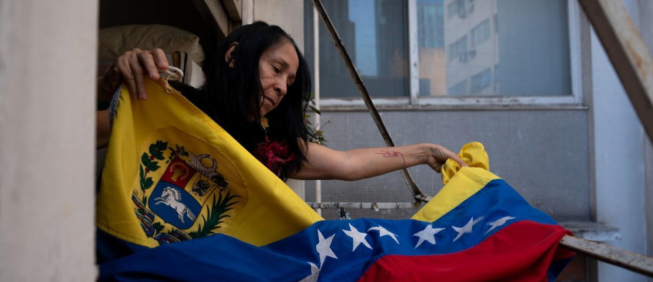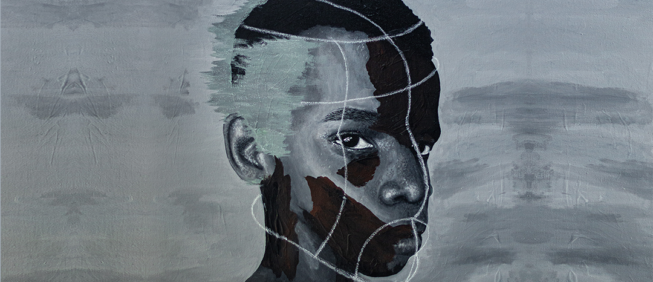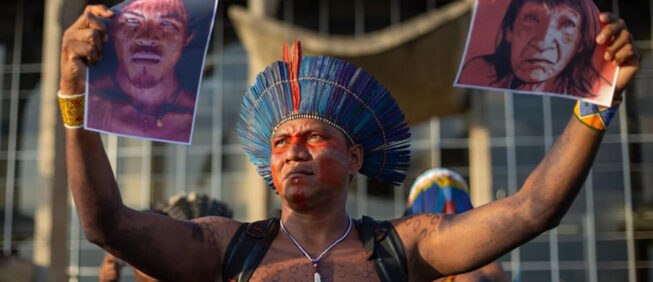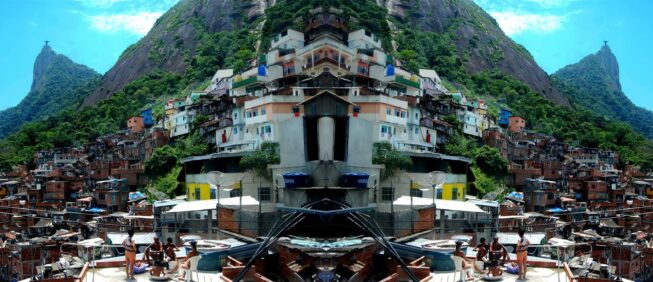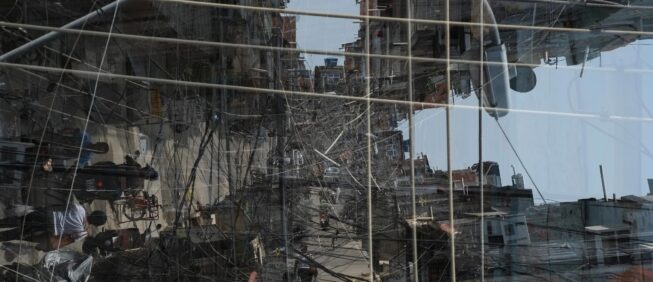The Linguistic Pedagogy of Co-existence at Kurdish Schools in Rojava
A new educational model under threat of war
Daniel Stefani
Edmund Ruge
| Syria |
20 de December de 2019
Following the publication of “Kurdish Struggle for Democracy and Gender Equality in Syria,” in the third edition of Peripheries Journal, our team maintained contact with the Rojava Information Center (RIC), an independent organization dedicated to supporting the work of international journalists in Rojava, in Northeast Syria. The RIC placed us in contact with Becet Hussein, a member of the Qamishli Canton School Board, and in September 2019, we spoke on the topic of alternative educational models in Rojava.
Experiments in Radically Democratic Education: Rojava’s Revolutionary Model at Risk Amid the Geopolitics of War
Describing Rojava’s autonomous administration and its innovative educational experiments — based in the concept of a decentralized democratic confederalism, and in which gender equality, ecology, and women’s liberation feature as central principles — Hussein warned of the uphill battle the educational movement faced amid ongoing warfare. “Any country living at war is in a challenge itself, because everything is being destroyed around you,” said the 40-year old educator. “We need more time to practice the philosophy, the system we want.”
Ten days later, the US withdrew its support for the Syrian Democratic Forces (SDF).
The unexpected about-face greenlighted a Turkish military invasion and left Kurds in Northern Syria with no other option but to fall back and seek an alliance with the same regime that had oppressed them for decades: that of Syria’s Bashar-al-Assad. Rojava’s efforts at radically democratic education now stand at risk of total annihilation.
Prior to 2012, the year Assad withdrew forces from the city of Kobanî (and, consequently, the year Rojava successfully installed an autonomous administration), speaking Kurdish was an imprisonable offense in Syria. With the installation of an autonomous administration, however, possibilities for use of the Kurdish language expanded, along with new opportunities to recover Kurdish culture and history, principally in Rojava public schools.
With the installation of an autonomous administration, however, possibilities for use of the Kurdish language expanded, along with new opportunities to recover Kurdish culture and history, principally in Rojava public schools
“It was liberating“ said Hussein, who also teaches Kurdish. “Before, the only way to live in Syria was to accept yourself as Arabic. There was no space for democracy. Today is different, though we still can’t believe that we can, in fact, study our native language.”
The simple act of speaking Kurdish used to spark fears of imprisonment or losing one's job, said Hussein. The regime silenced Kurds, denying them the right to assume their own identity, placing limits on Kurdish cultural manifestations and thought, including music, literature, poetry, and community organizing. In contrast, the last several years have seen a divergence in the teaching model used in Rojava schools, one centered in the pedagogy of coexistence, emphasizing acceptance and integration among the region’s varied languages and cultures — notably among Kurdish, Arabic, Assyrian languages, though, ethnically, the region is also home to Sunni, Shiite, and Sufi muslims, in addition to minority populations of Armenians, Turkumens, Yazidis, and Jews.
Their model stipulates three curricular components, corresponding to a sort of ethnic education — one curriculum in Kurdish, with its dialectical variant Kurmancî; one in Arabic; and a third in Aramaic — formally teaching the area’s three major languages in school.
The model stipulates three curricular components, corresponding to a sort of ethnic education — one curriculum in Kurdish, with its dialectical variant Kurmancî; one in Arabic; and a third in Aramaic — formally teaching the area’s three major languages in schools
From first grade to third grade, children study each component’s specific language. From fourth grade onwards, students choose a second language to continue studying through university. First to sixth grade are considered primary school, seventh to ninth intermediate, and tenth to twelfth grade equate to high school. In fifth grade, students begin studying a foreign language, usually English. “If we want to live together, we have to learn the languages of others,” said Hussein. “Kurdish teachers teach Arabic students, and Arabic teachers teach Kurdish and Syrian students too.”
The context of provocation and hate among Kurds, Arabs, and Syrians is the result of a centuries-old system that did not provide a means for coexistence and mutual respect. “What we are doing is exactly the opposite,” said Hussein. Indeed, the overarching project of Arab nationalism, that of forced Arabization and its wide-ranging effects throughout the 20th century, must be critically revisited.
Students not only share curricular components and respective languages, but also share school spaces and events. “We hold multicultural festivals with music, poetry, theater. Students and teachers live, play, and practice sports with one another. We created a space within schools that rather than hiding differences, values them,” said Hussein, recalling that, previously, poetry and music could only be composed in Arabic. In Kurdish, neither could have been recited or sung out loud in public, much less published in books.
Challenges remain undeniable. “We created institutions. Many of the schools that existed were damaged by the war. We are suffering from a serious lack of school materials and technology,” explains Hussein. A good part was robbed, he adds, remembering that “in the winter, school desks were used for firewood. That’s how cold it was and how few resources we had to confront it.” Many schools have gone decades without repair. Given to a historic repression and silencing of the Kurdish language, Kurdish professors with university-level training had only taught Arabic. In their native tongue, many were unable to read and write, let alone teach, in Kurdish. “Our biggest challenges involve educating teachers to teach in Kurdish,” says Hussein.
As a guiding principle for the region, the concept of Democratic Confederalism also outlines the establishment of communes each Canton, with each commune composed of five committees: health, education, problem resolution, economy, and self-defense. In an educational parallel, classroom discussions include the topic of democratic coexistence and alternatives for peace in the region.
In the three cantons that fall under Kurdish autonomous administration in Rojava — Afrîn, Kobanî, and Jazira — educational data paint a picture of school system density in the region. For the 2019 school year, Jazira counted some 230,500 students in more than 2000 schools and more than 18000 teachers in training.
For the 2019 school year, Jazira counted some 230,500 students in more than 2000 schools and more than 18000 teachers in trainingIn the region at large, the Secretary of Education and Pedagogy of the Autonomous Region estimates that 40,000 new teachers began the teacher-training process in 2019.
The year marks their 11th consecutive school year, according to Hussein. “It was a gradual process. In 2012, we began, despite the presence of teachers from the regime, to teach Kurdish in schools. In 2016 we implemented the trilingual curriculum with different phases at each school.”
The Fog of War
Less than two weeks after we had spoken with Hussein, Turkish President Recep Tayyip Erdogan launched a ground offensive, sending troops, artillery, and airstrikes into Northern Syria, justifying the attack as an act to combat Kurdish “terrorists” in the Kurdistan Workers Party (PKK). The US, stumbling after its abrupt announcement of withdrawal, would later broker an uneasy ceasefire with Russia and Turkey in exchange for a Turkish-imposed buffer zone on autonomous Kurdish territory. The move has resulted in the forced displacement of 200,000 Kurds, the majority of them pushed to Iraqi Kurdistan.
Erdogan soon began using the area to relocate millions of Syrians refugees that had fled to Turkey amid the civil war—the vast majority of whom hail from other parts of Syria. While the US has since opted to maintain some 500 troops in the region, the damage has been done. Analysts now warn of the return of ISIS to the region, and a Senior SDF General has called on international observers to prevent ethnic cleansing by Turkish troops and proxies.
The US, stumbling after its abrupt announcement of withdrawal, would later broker an uneasy ceasefire with Russia and Turkey in exchange for a Turkish-imposed buffer zone on autonomous Kurdish territory
Reporting directly from Rojava, the RIC report “Turkey's war against civilians" has denounced systematic crimes against civilians "committed by both the Turkish Armed Forces (TAF) and its proxy militias organized under the banner of the ‘Syrian National Army.’ Human rights violations came amid the “deliberate targeting of civilians as a tactic, and indiscriminate shelling and airstrikes.”
The RIC has reported the death of civilians and damage to both humanitarian and medical staff and infrastructure. The region has also seen looting and crimes against property as well as a violent campaign of censorship, with "both direct attacks on press and other ways in which Turkey tries to limit information-gathering," reports the RIC.
According to the RIC, this is the result of a "systematic attempt to make life unlivable for civilians in the zones Turkey aims to occupy, with the ultimate aim of forcibly displacing the civilian population in general and the Kurdish, Yazidi and Christian populations in particular, facilitating the installation of Turkmen and Arab militiamen and their families and the de facto expansion of Turkey’s territorial control."
Reporting directly from Rojava, the RIC report has denounced systematic crimes against civilians
The ceasefire, on the other hand, appears to be unilateral, as Turkey continues to attack Rojava's Autonomous Cantons.
The attacks have had a direct effect on Kurdish education. New data gathered by the Jazira Human Rights Institute provides evidence of the damage sustained to Rojava schools. North and East Syria counted more than 320,000 students, 3100 schools, and 22,000 trained teachers in the regions of Euphrates and Jazira for the 2019 school year, beginning in September. Two months of Turkish military offensive resulted in the forced closure of 810 schools overall, the destruction of 20 schools in the city of Serê Kaniyê (Ras al-Ayn), 4000 teachers left out of work, and class cancellations for 86,000 students.
The ceasefire, on the other hand, appears to be unilateral, as Turkey continues to attack Rojava's Autonomous Cantons.
Such data would not surprise our friend Becet Hussein. Even before the Turkish onslaught, he spoke lucidly, emphasizing that continuity and improvement for the Kurds’ radically democratic educational experiments rested on one crucial element. “Improving this model and replicating it in more schools depends on the end of the war,” he said. “We don’t know when this will be over.”
Collaboration: Rojava Information Center
This article was published on December 20, 2019. Updated information regarding the last developments of war in North and East Syria can be found at RIC's Daily Summary and Liveuamap.
> RIC Reports: 'Turkey's war against civilians'
'Beyond the Frontlines: The building of the democratic system in North and East Syria'

Daniel Martins de Araújo | Brazil |
Executive Editor and Translator at Peripheries Journal.
daniel@imja.org.br
Edmund Ruge | USA |
Ruge coordinates English translation and proofing for Peripheries Journal. Based in Rio de Janeiro, he holds an MA in International Economics and Latin American Studies from the Johns Hopkins School of Advanced International Studies (SAIS)
